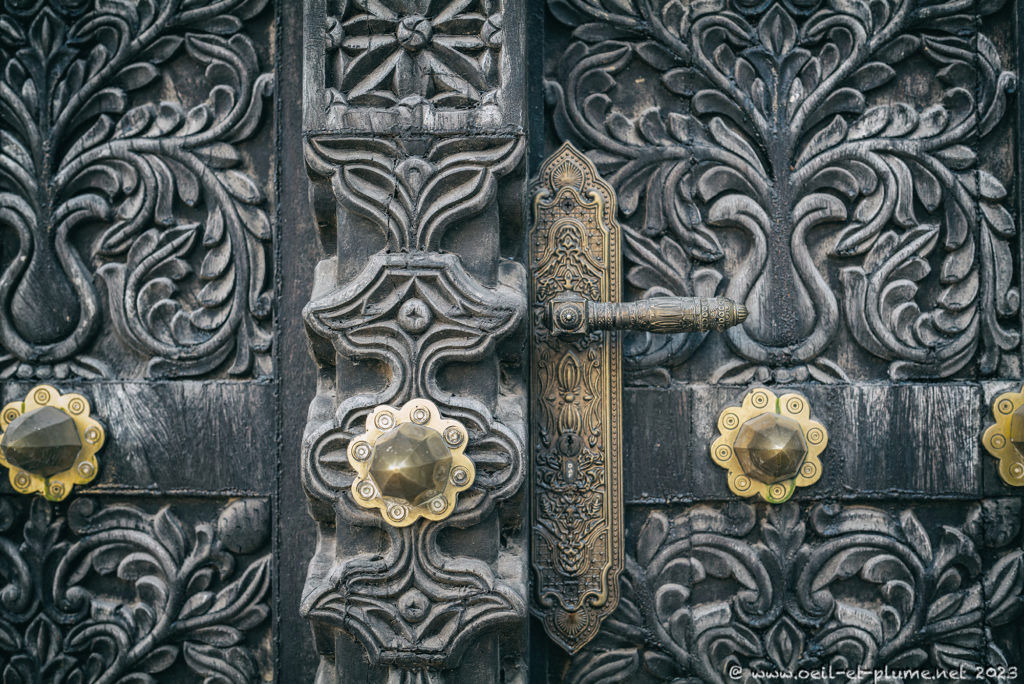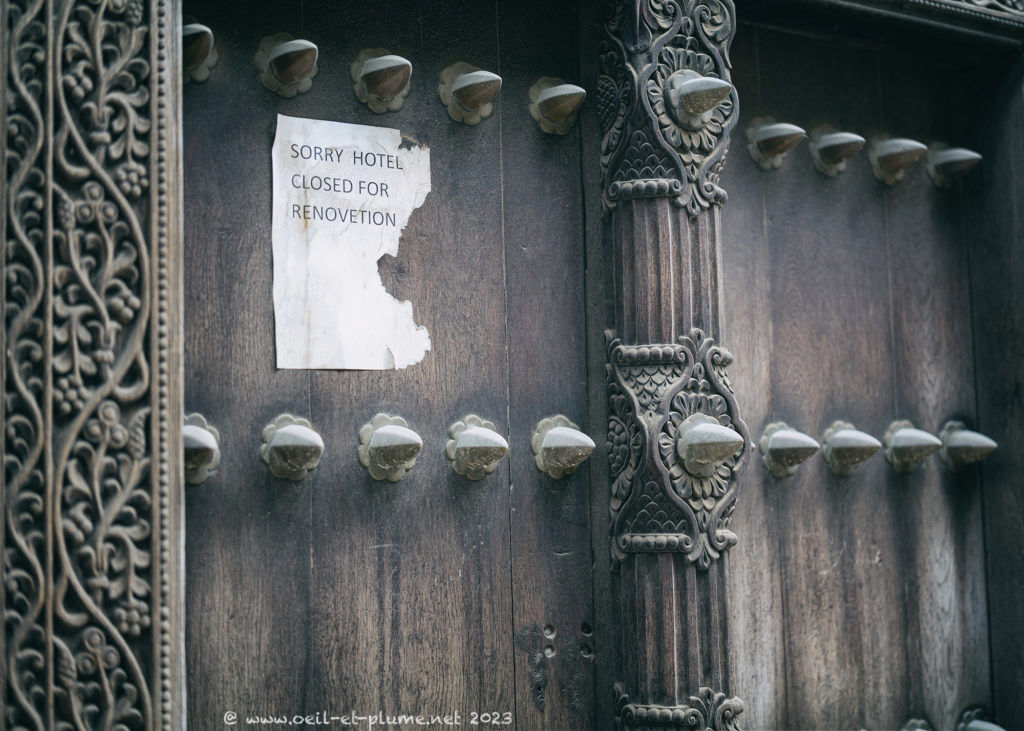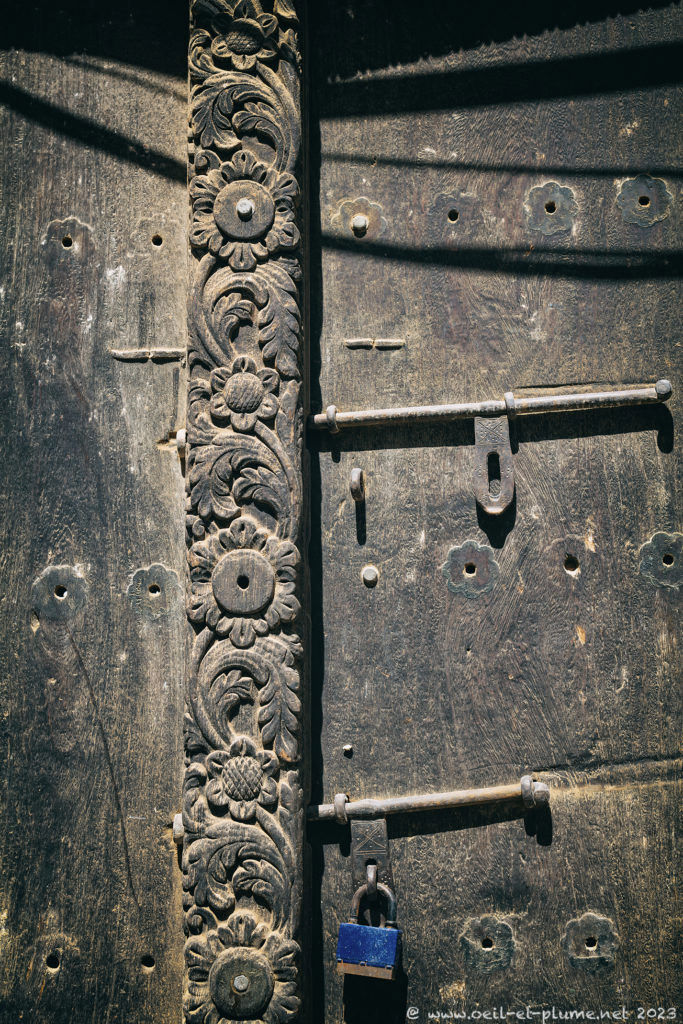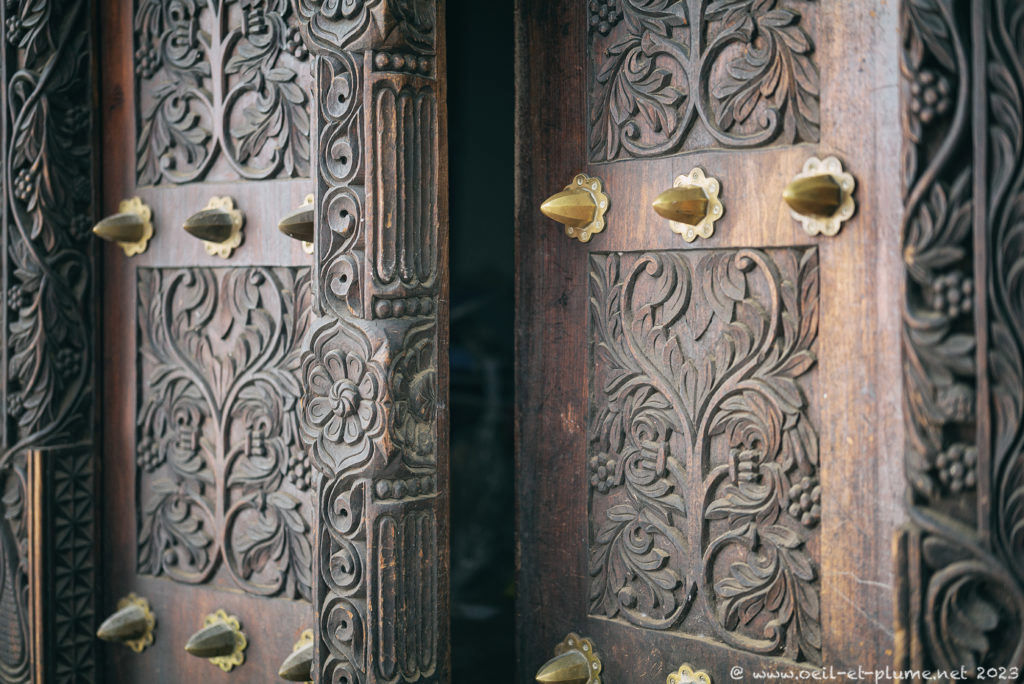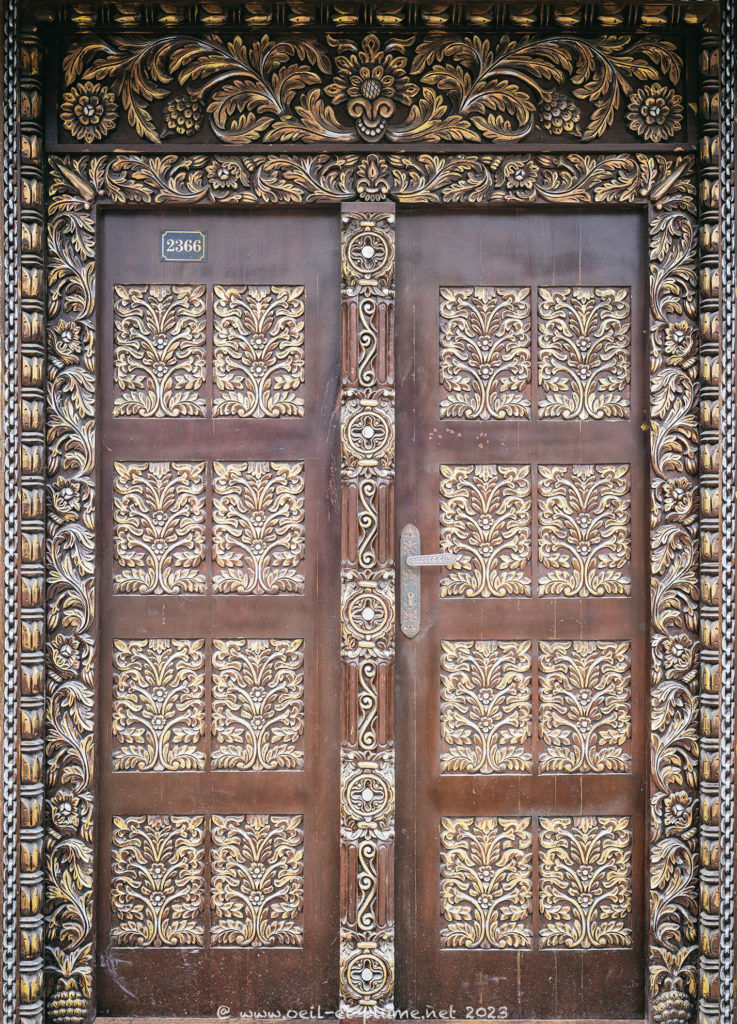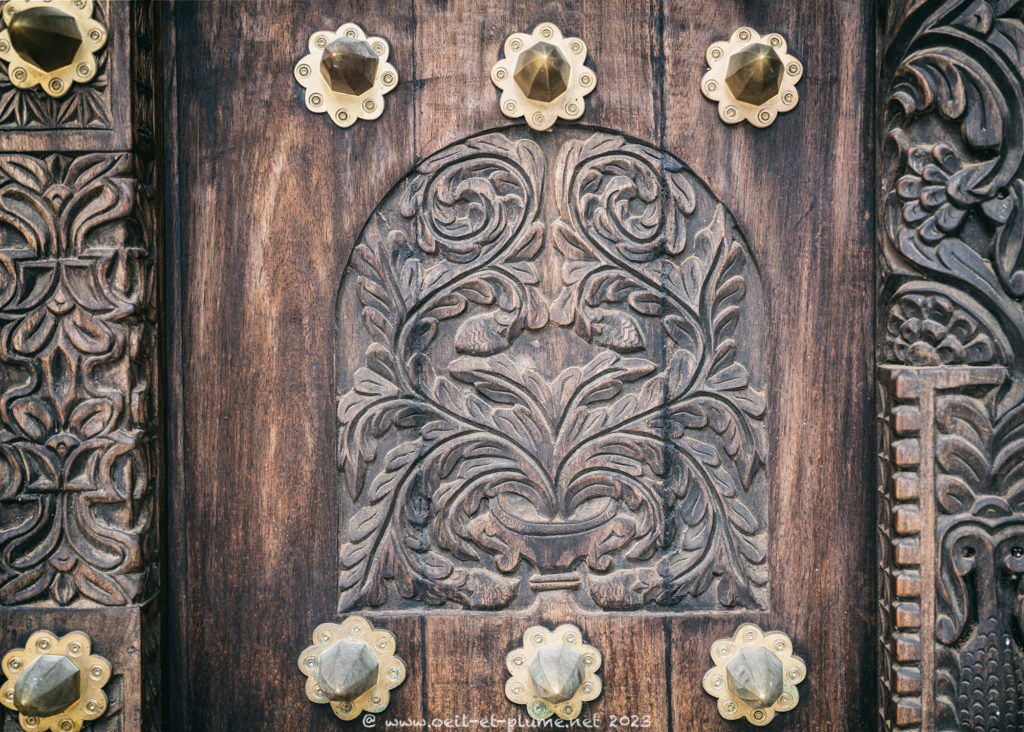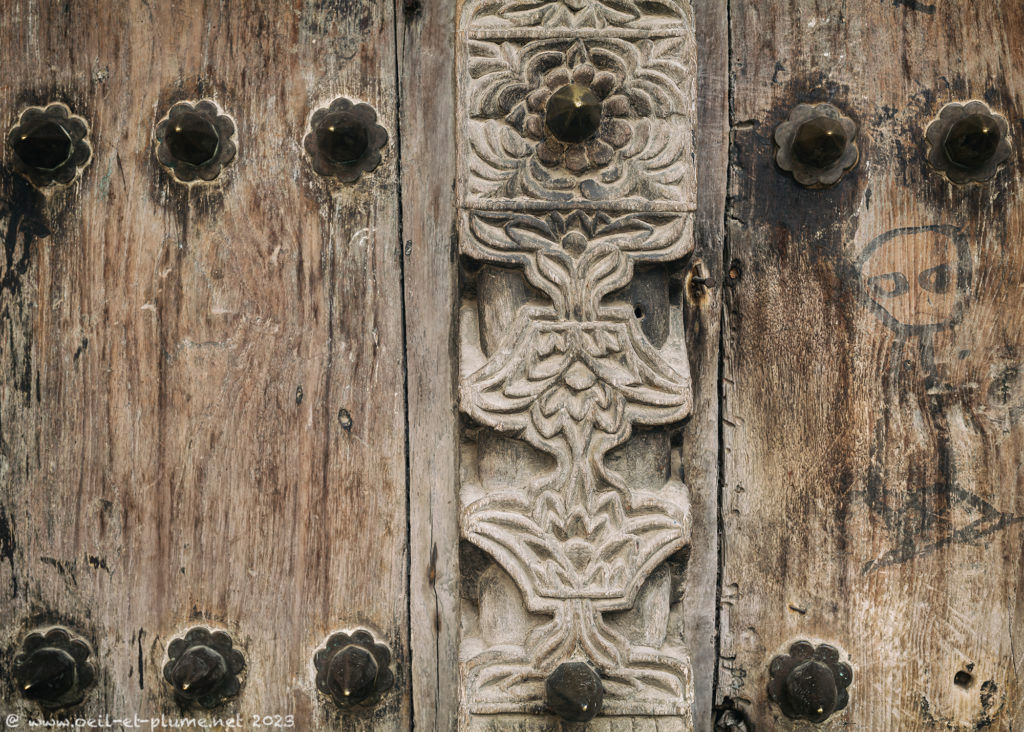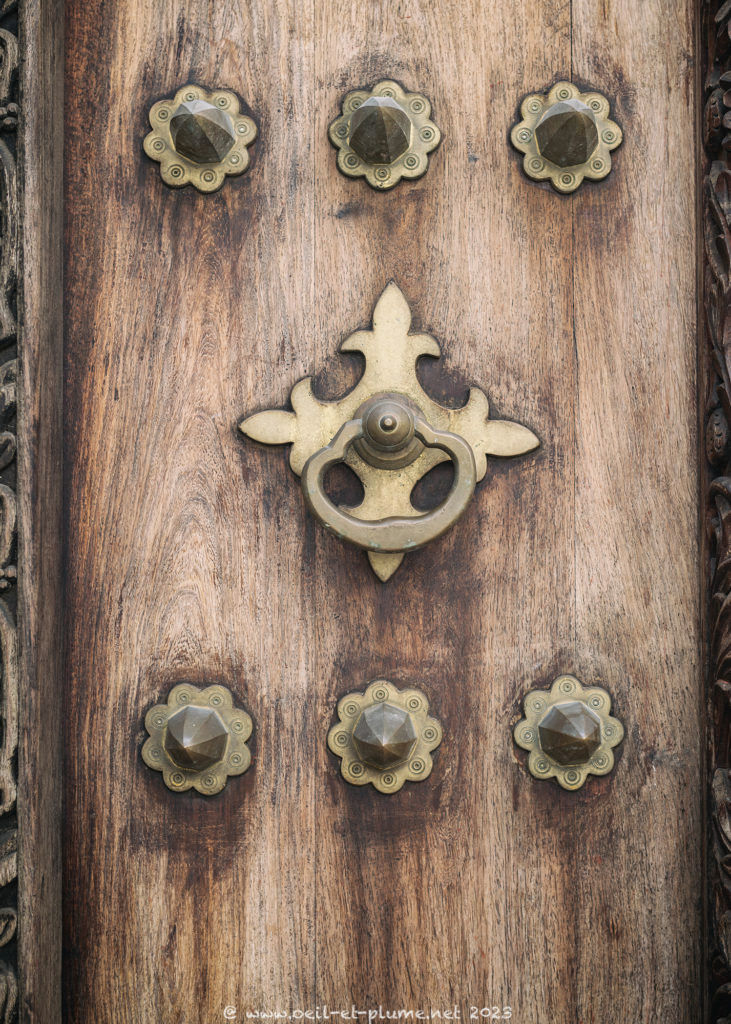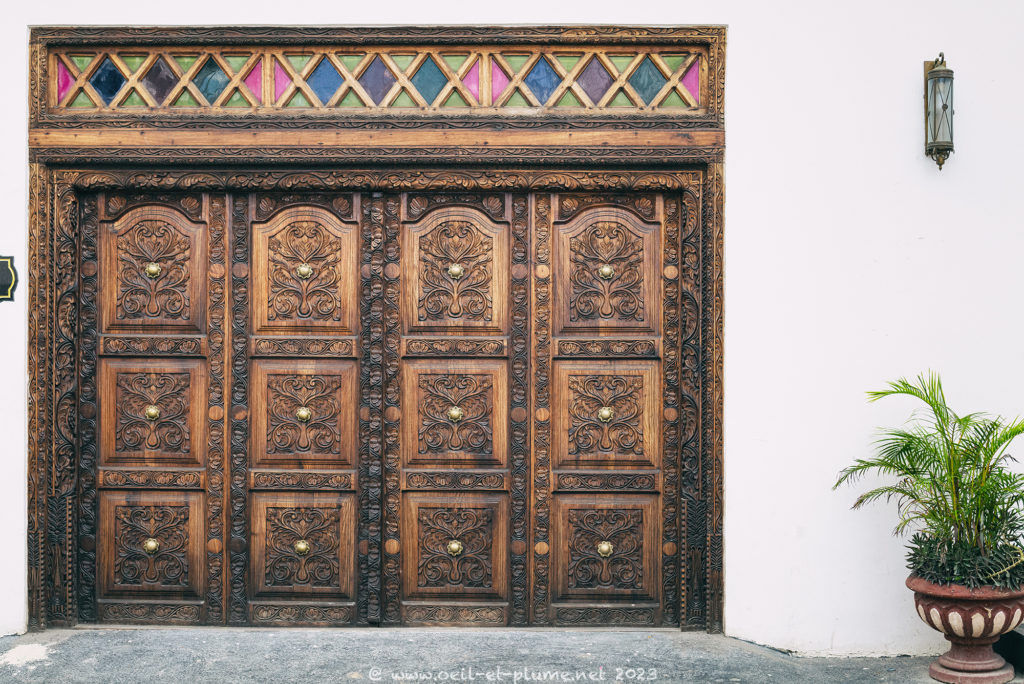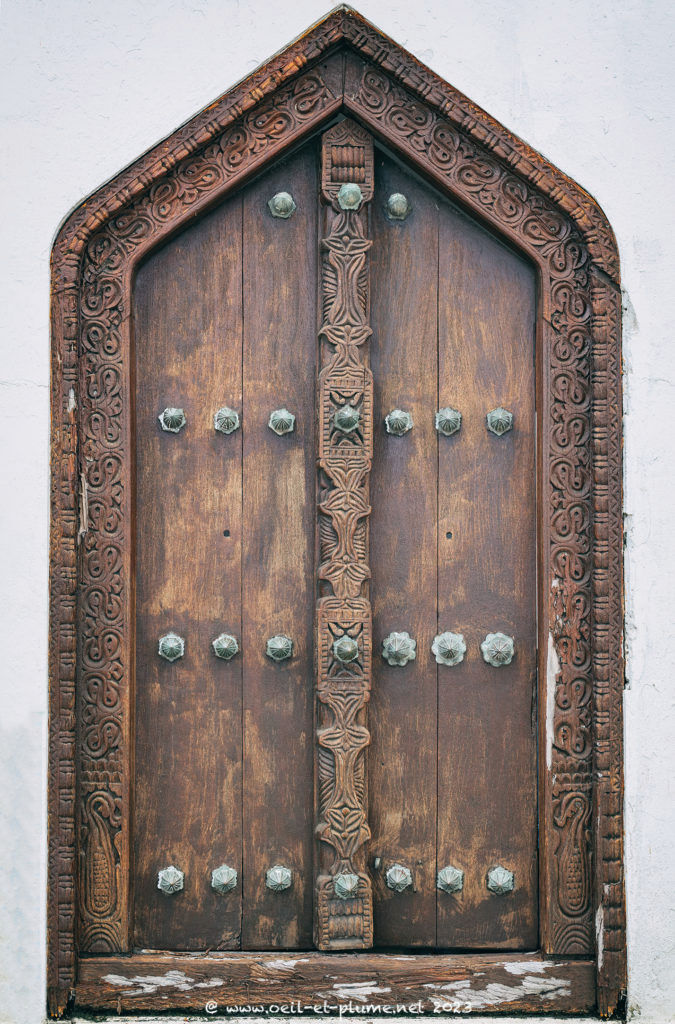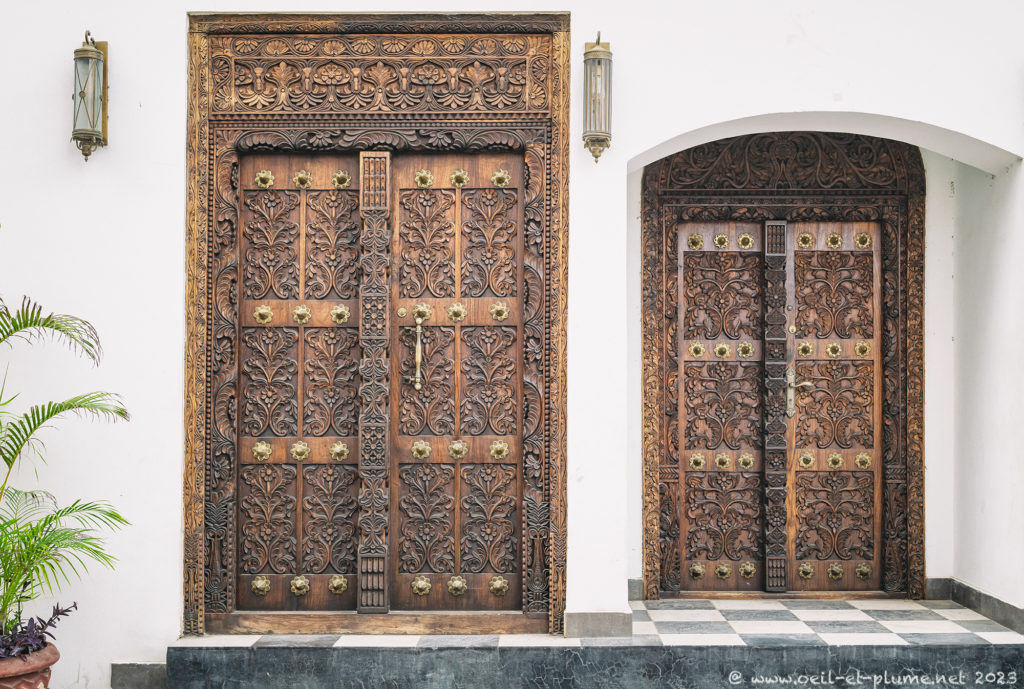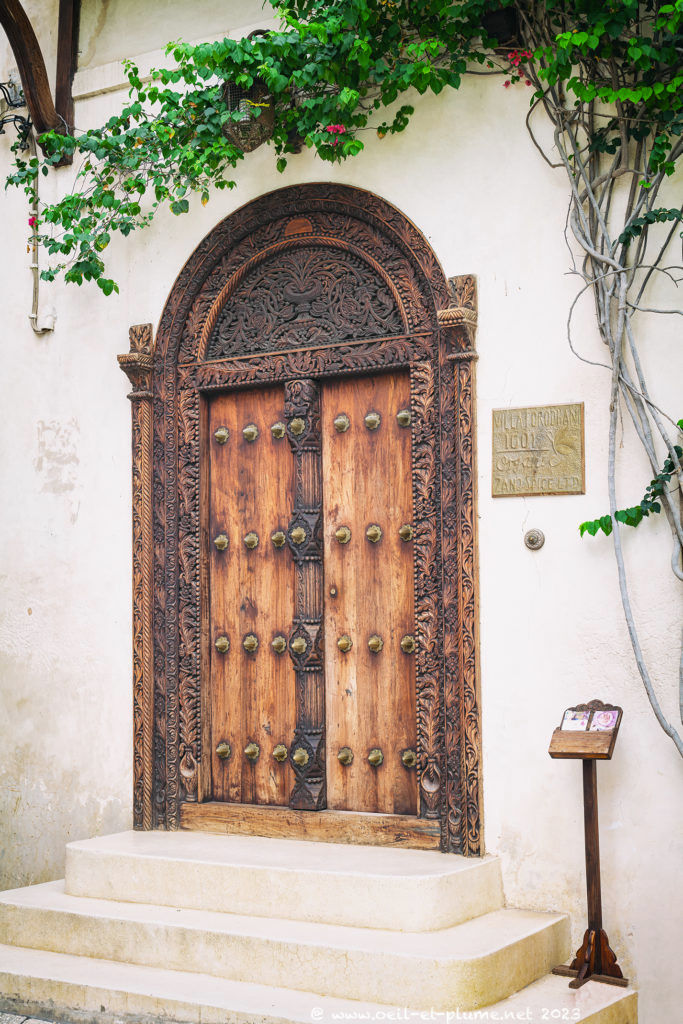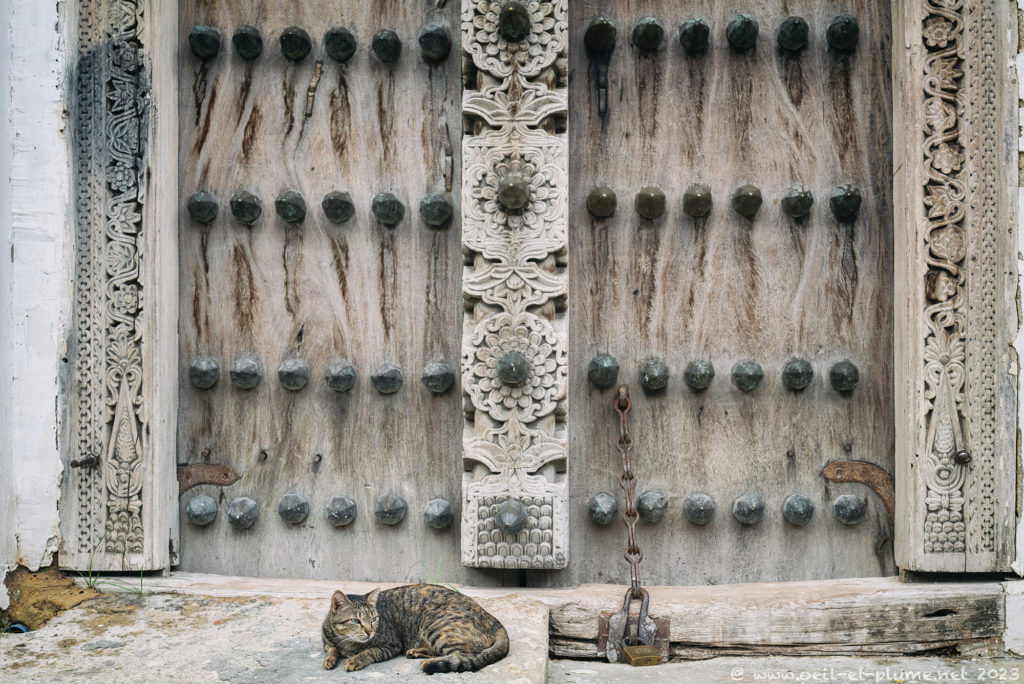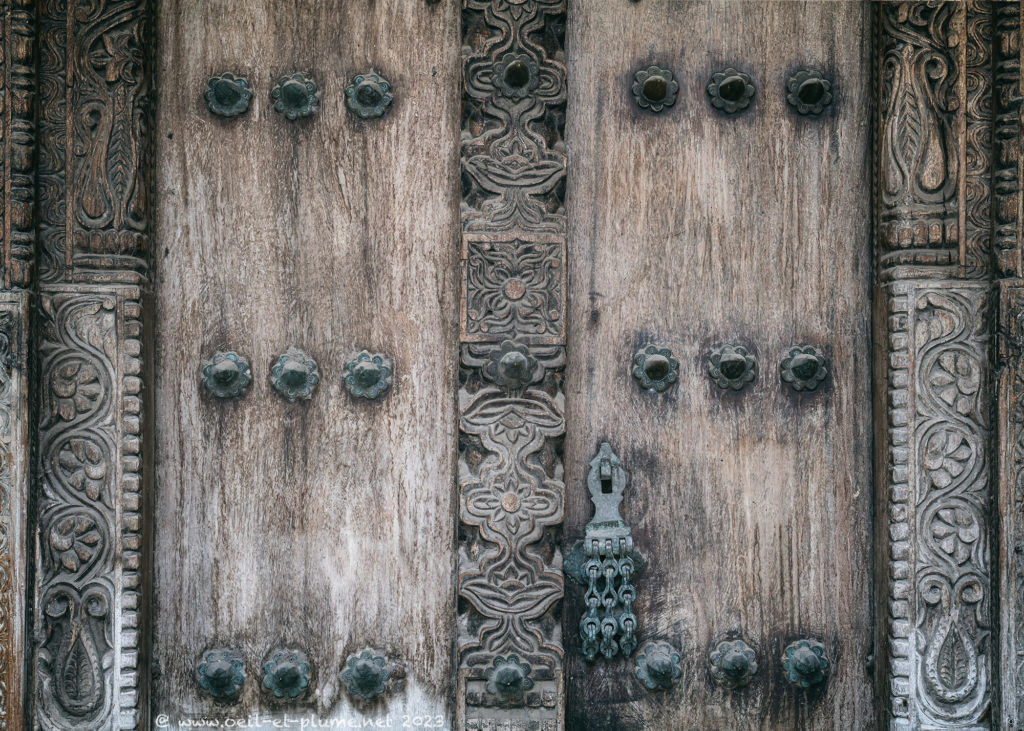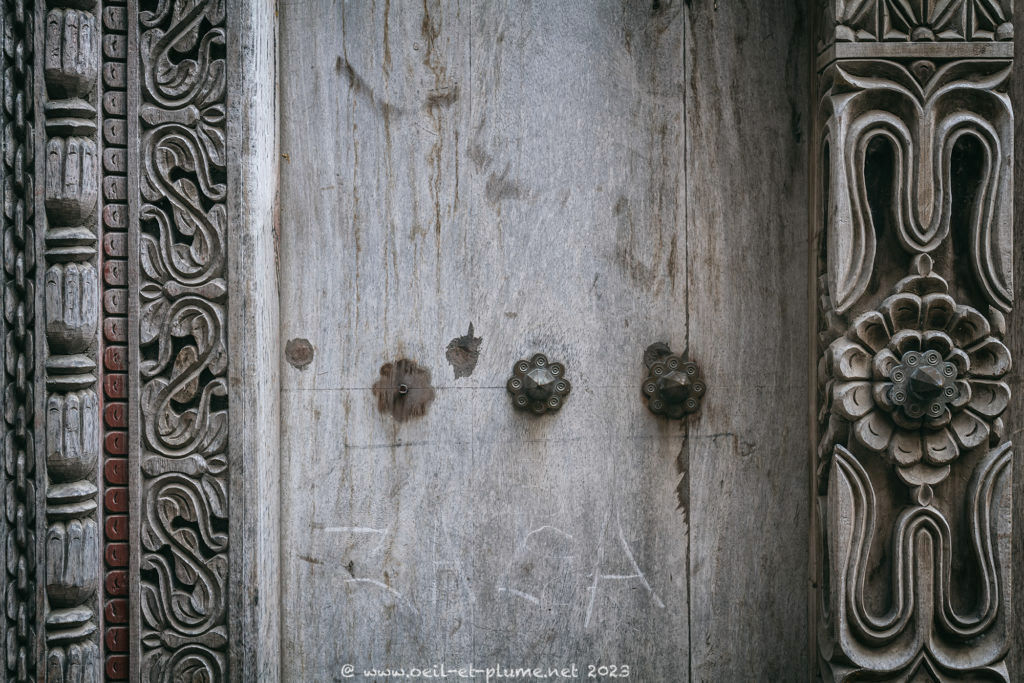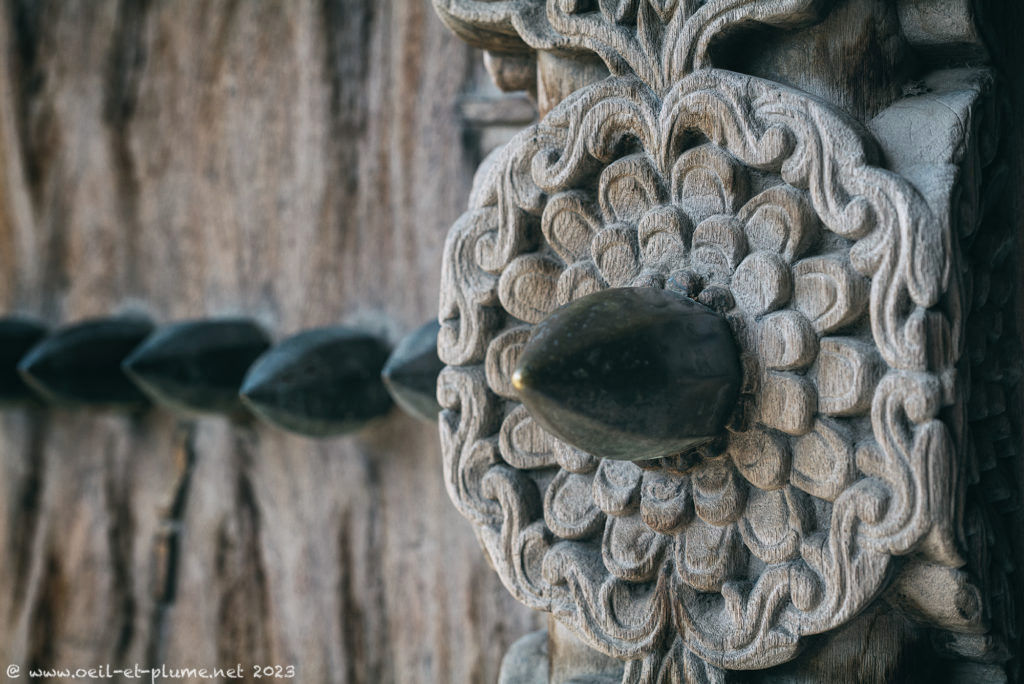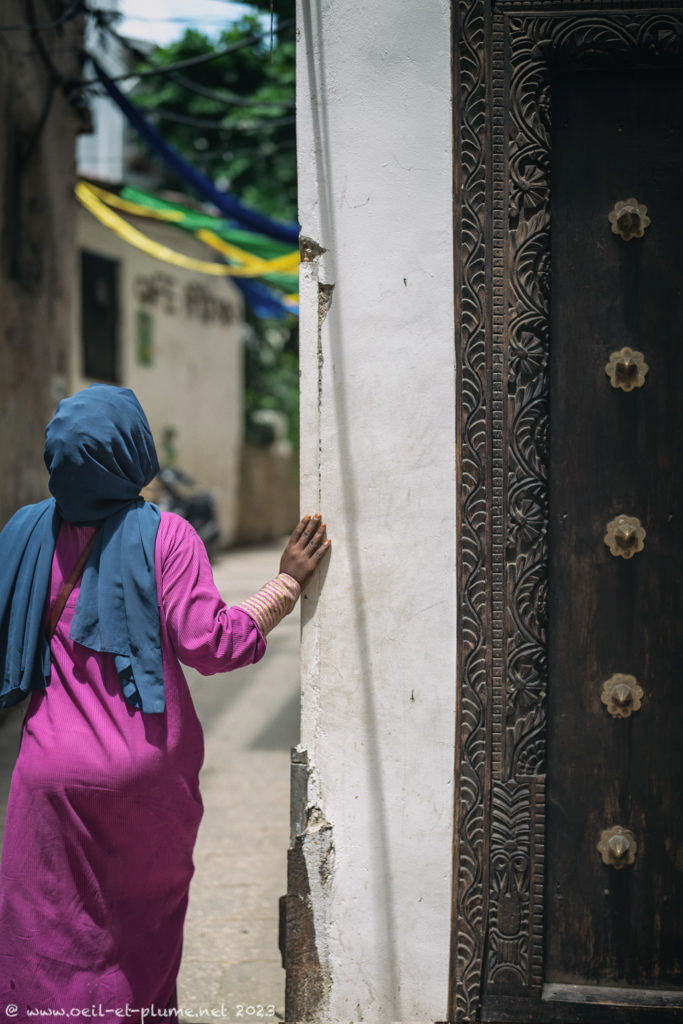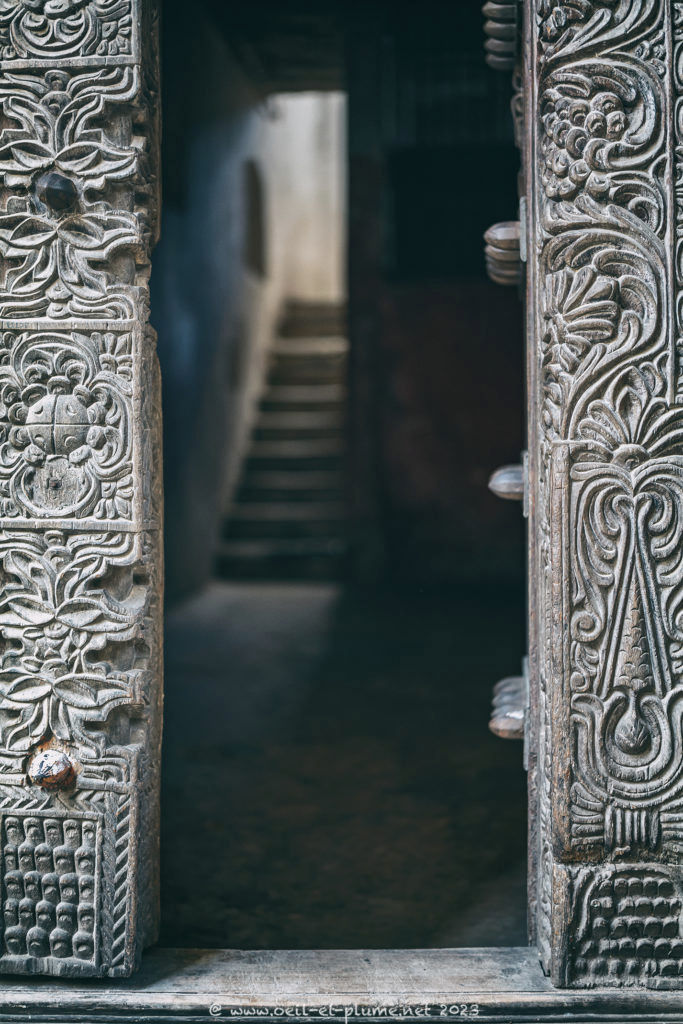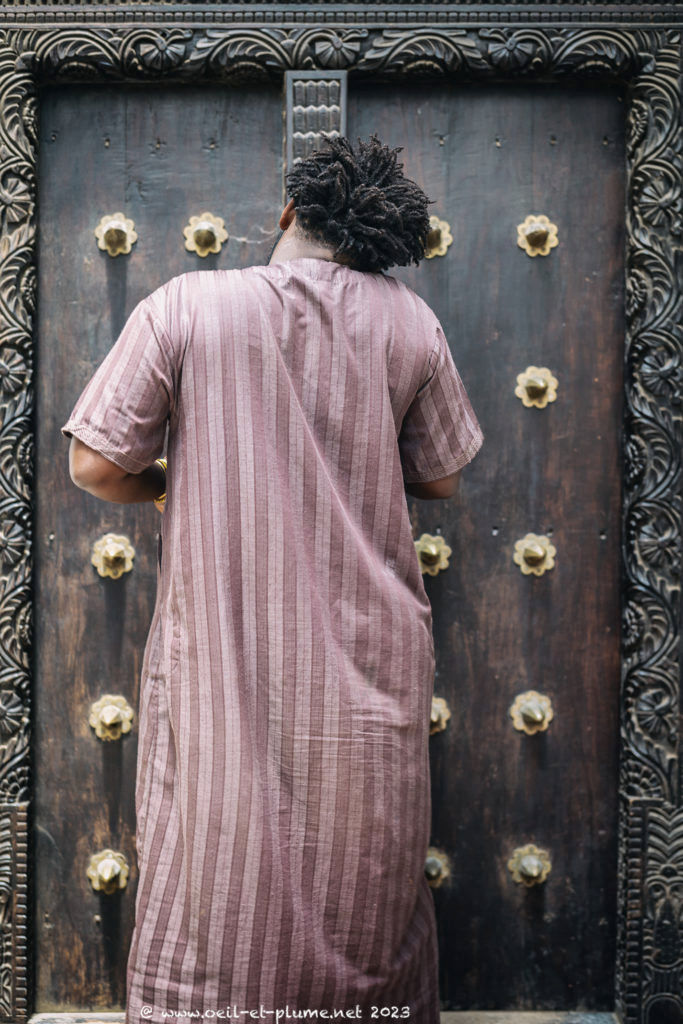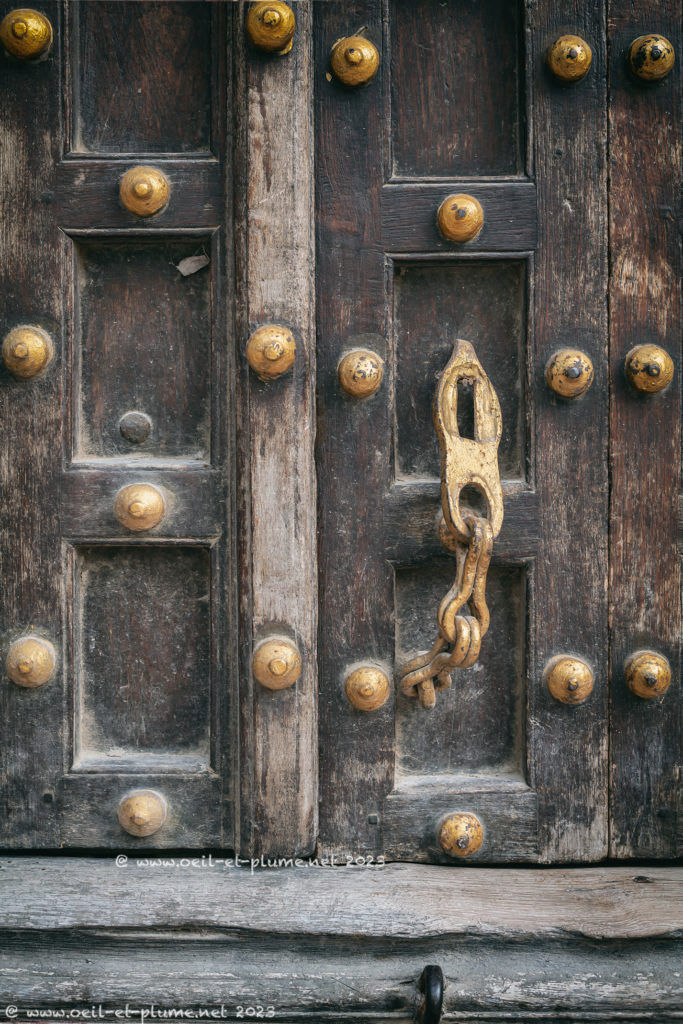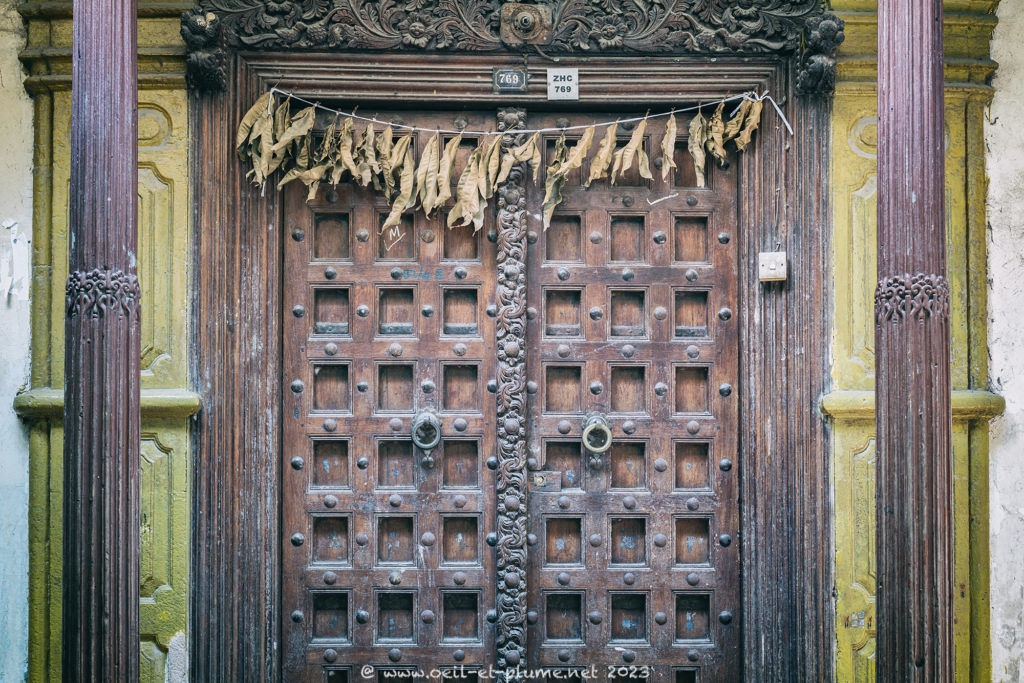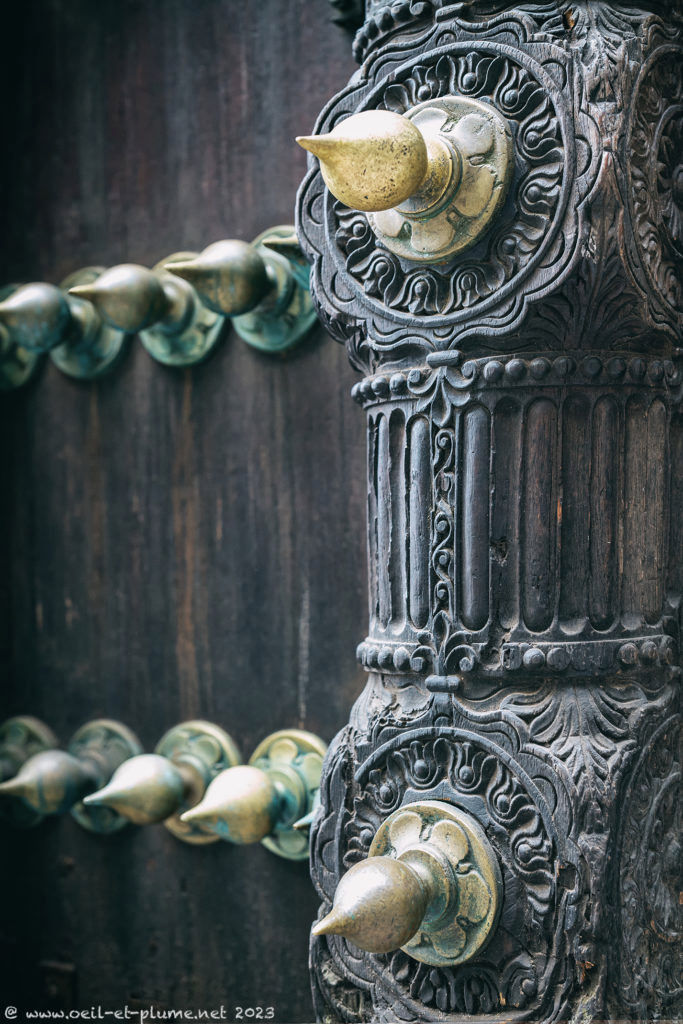I first visited Unjuga island located in the Zanzibar archipelago in 2008. Since then, I often dreamt about the exquisite exquisite dawns spent in Stone Town – the old neighbourhoods of Unjuga’s main city. I really loved the intimate atmosphere percolating in the maze of narrow alleys lined by residences, workshops, bazaars and mosques. It is about historical cityscape and architecture, about intercultural and deep-rooted traditions, about vibrant culture and street life.
Bantu tribesmen first inhabited Zanzibar archipelago, hailing from eastern Africa. Much later arrived Indians, mainly from Gujarat state, as well as Arabs from the Persian Gulf. In the 17th century, Portuguese sailors discovered Zanzibar on their way to India, followed by many other Western nations.
In the 18th and 19th centuries, Stone Town flourished as a trading hub on the maritime routes of east African coast, to become the capital of the Oman and Zanzibar Sultanate. Slaves were then unfortunately the main commodity traded, gradually replaced by spices, to start with cloves. Zanzibar became eventually a British protectorate before gaining independence.
Hence, Zanzibar’s culture draws upon Swahili, Indian, Arabic, Persian and European influences. Nowadays it is shaped mainly, but not only, by Muslim culture.
Stone Town derives from its Swahili name Mji Mkongwe (litterally: “town of stone”). Oddly enough, local wood pieces made Zanzibar’s capital city today more famous than its stones. The traditional wooden doors of Stone Town illustrate the Zanzibar’s multiculturalism. They do not only represent historical legacies as they continue to inspire local contemporary architecture.
Stone Town doors
As I already crafted a story about doors in Old Damascus, I embarked into a similar creative endeavour in Stone Town. Doors tell us fascinating stories, real or fictive. Closed doors impose us their physical barrier to nurture secrecy. Open doors mean freedom while shaping concretely and symbolically our social life. When half closed or half open, doors stimulate our impudent curiosity.
Detailed typologies of Stone Town doors are available elsewhere. Suffice to recall here that their shapes and their carvings express fully the multiculturalism evoked above. They also inform usually about the name, social status, wealth and religion of the house owner, as well as about the family size.
I love the timeless design, the sumptuous carvings of those wood masterpieces. I am also fond of the decorative brass knobs that protrude from the Gujarati-styled doors. They refer to the huge brass studs that reinforce the entrance doors of ancient Indian fortresses, in order to deter attacks by war elephants. The locks and chains securing the old doors in Stone Town are also art pieces.
You are now ready to knock Stone Town’s doors.
Cheers,

